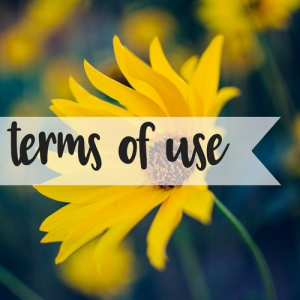The Rose of Sharon (Hibiscus syriacus) also known as an Althea shrub is a mid summer bloomer in white, pink, red, or purple with a red center. You can also find them ruffled in the same array of colors including what many call blue. You can grow the Rose of Sharon as a shrub or a […]
You are here: Home / Archives for Althea




